'It's Unacceptable' - Why The Loft Of Your Driver Might Not Be What You Think
Equipment expert Joe Ferguson has discovered an uncomfortable truth of golf club manufacturing that means you might not be getting the club that you paid for
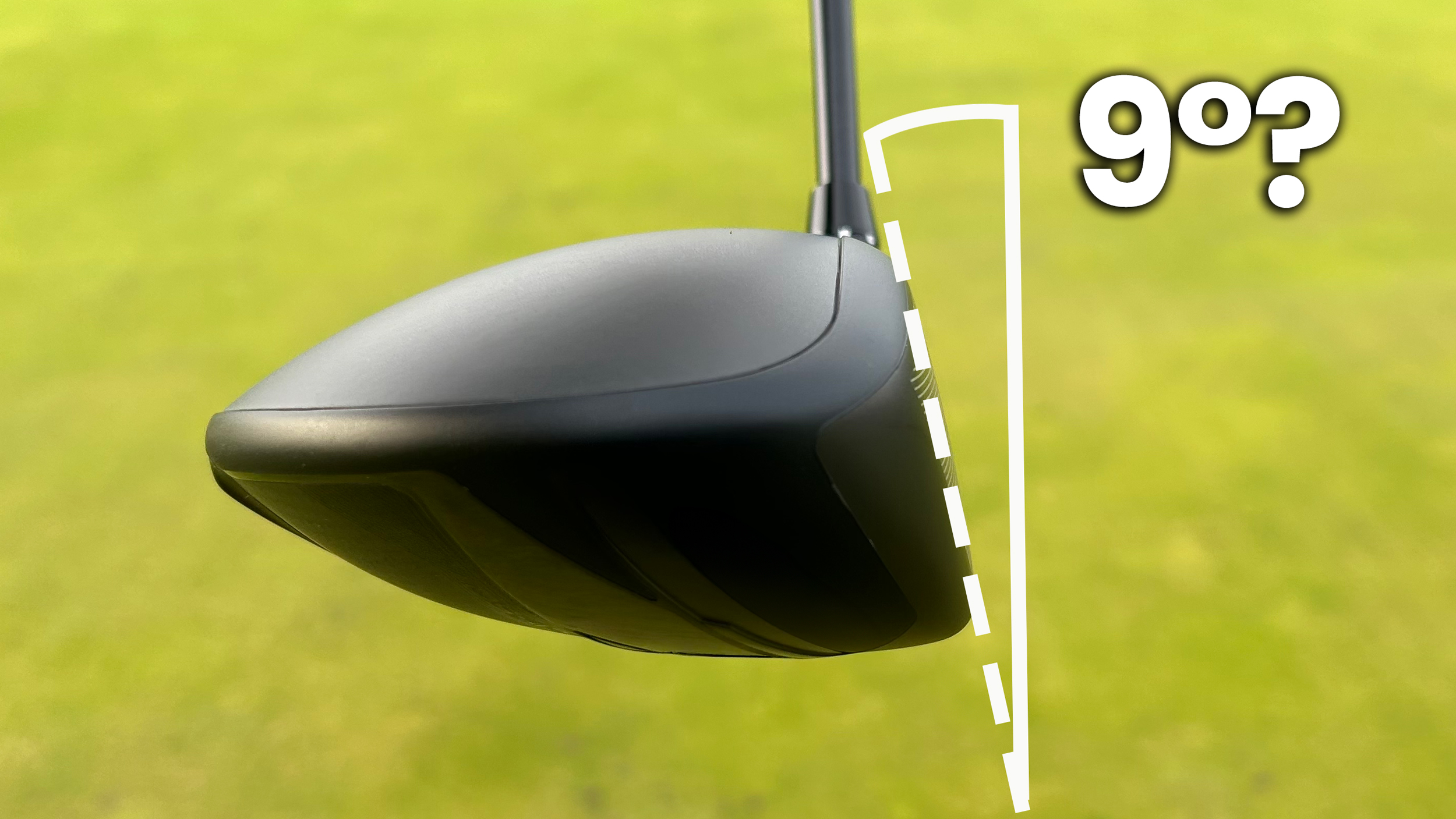

In the world of golf equipment, we often take for granted that the numbers printed on our clubs are accurate. A 9° driver is a 9° driver, right?
Well, as a gear tester who has measured over 30 current in-line drivers from both major manufacturers and smaller DTC brands, I've discovered a surprising and, frankly, worrying reality.
Using my Golf Mechanix Precision Loft and Lie measuring gauge, the results I've found suggest that the custom fitting you paid for might be a complete illusion, and the club you take home could very well be entirely different from the one you were optimised for.
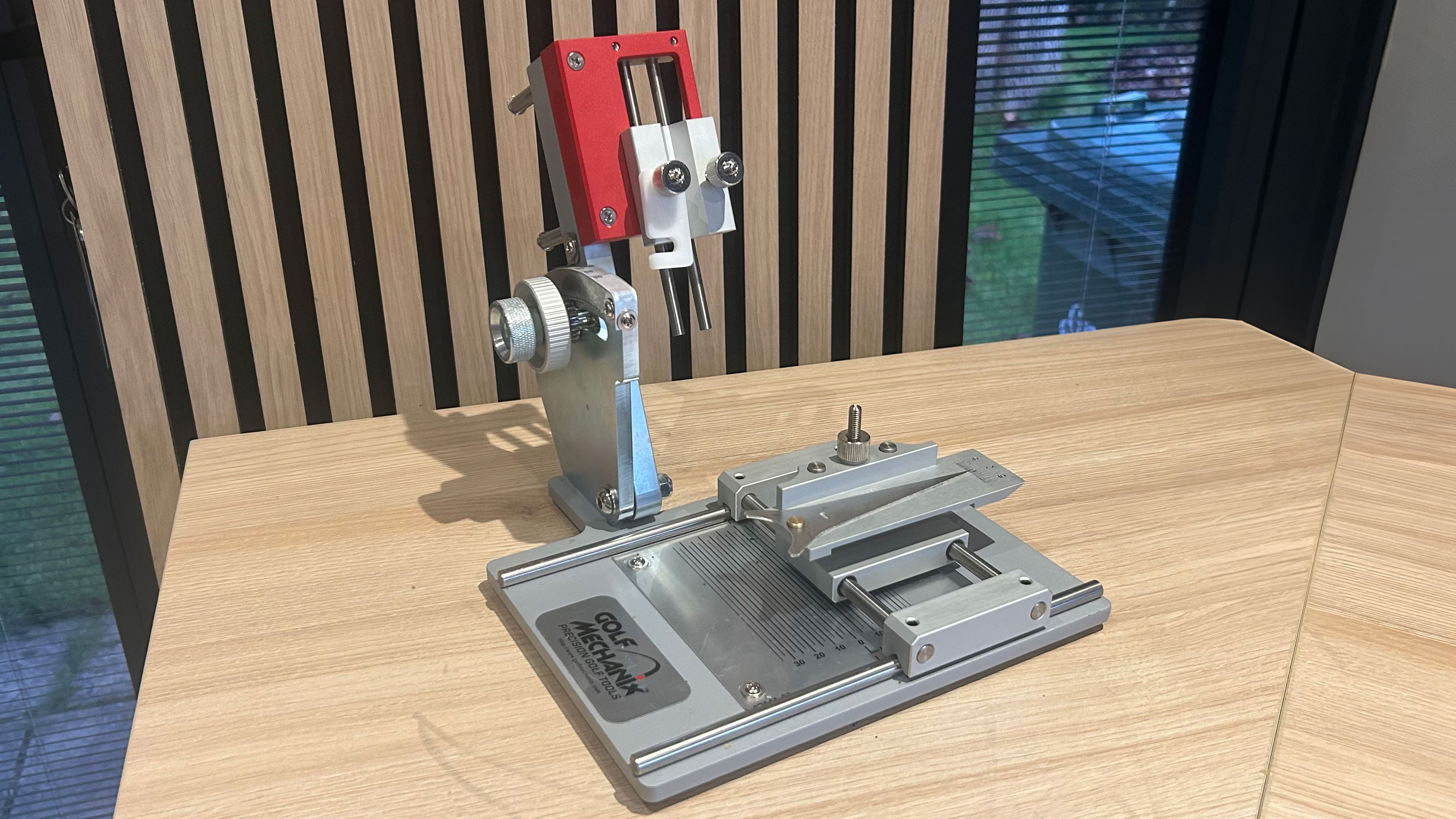
The Golf Mechanix Precision loft and lie measuring gauge
We've known for some time that there are manufacturing tolerances in the golf equipment industry. The facts are, it's incredibly difficult to produce the best drivers - especially those with multi-material heads that are precisely pieced together to the same specifications. However, the scale of the discrepancy I've uncovered is far beyond what I would consider acceptable.
Many of you may not be familiar with the type of gauges used to measure these specs, as they are not as commonplace as the ones you might see in your local pro shop built for irons and wedges, but they are essential items of kit for tour reps on the professional circuits.
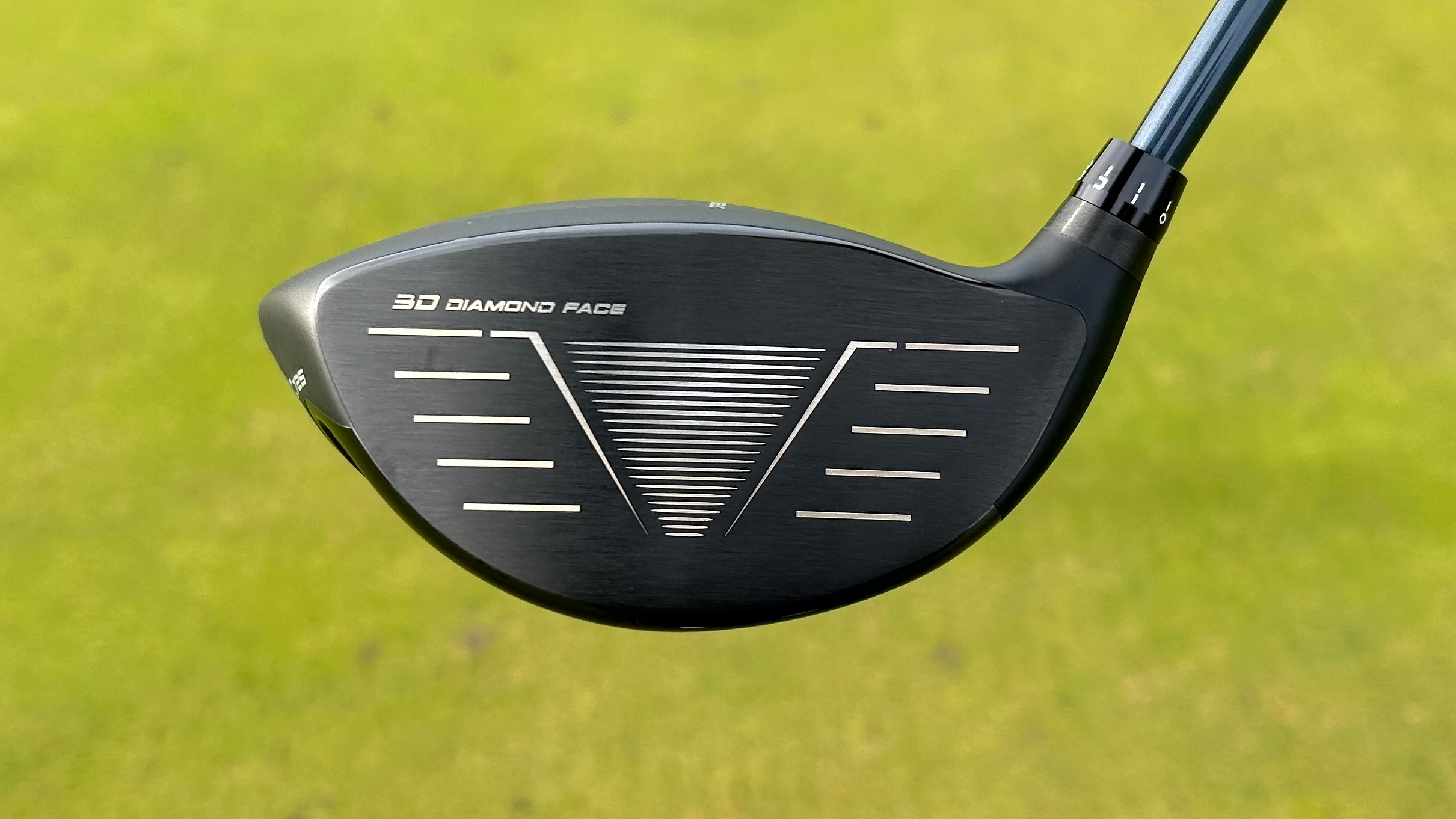
If you have ever watched any behind-the-scenes tour truck-style videos on YouTube, you may have noticed the little white stickers adorning the driver heads that pack out the drawers of the truck.
This signifies that the head has been individually measured for loft, lie, and face angle (among other things) on such a gauge, and the sticker is where the results are recorded so that the tour technicians can cherry-pick the heads with the exact measurements they require for a specific build.
Subscribe to the Golf Monthly newsletter to stay up to date with all the latest tour news, equipment news, reviews, head-to-heads and buyer’s guides from our team of experienced experts.
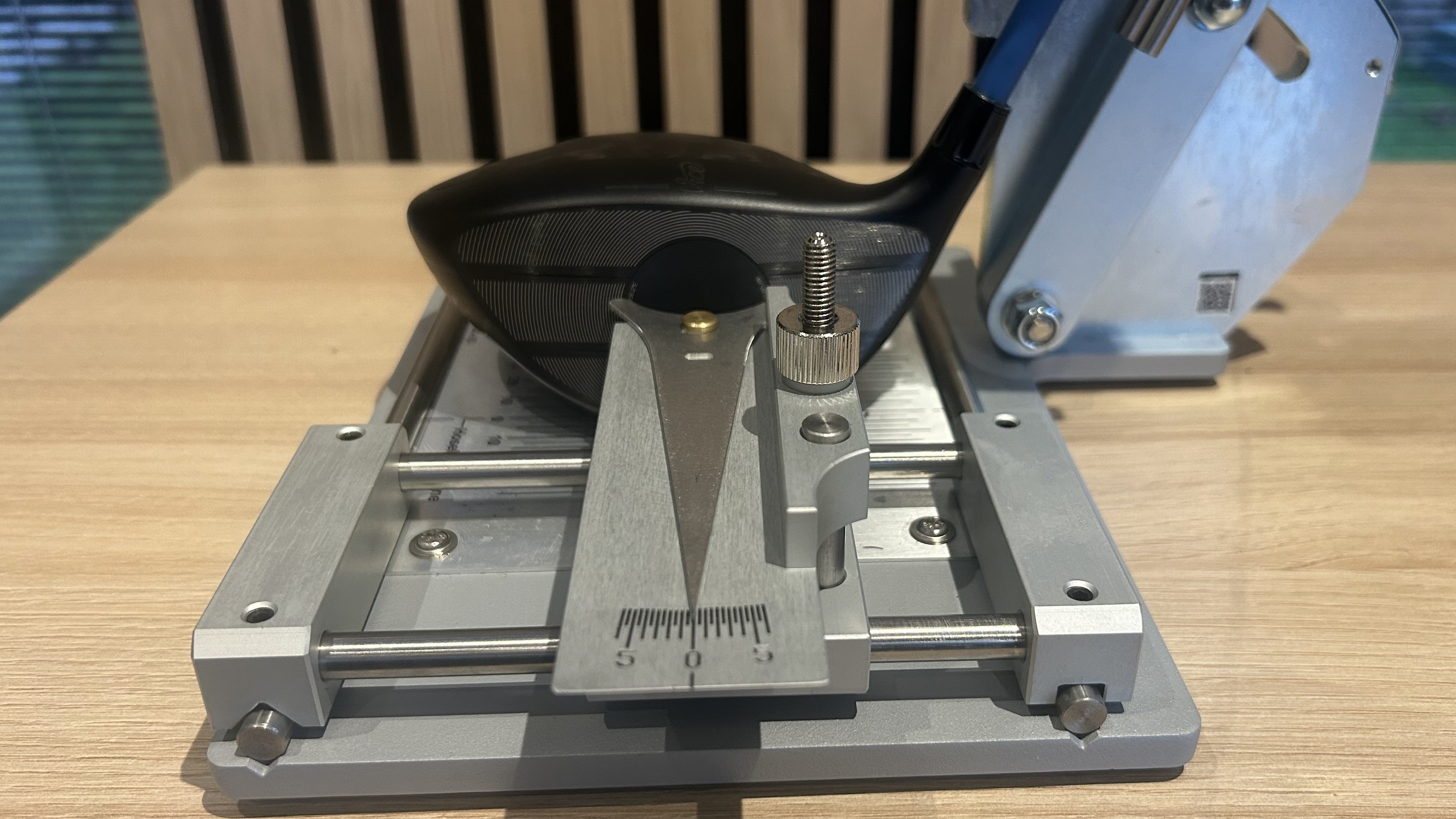
It is imperative to 'zero out' the face angle of the driver to get an accurate loft reading
All the drivers I measured for this exercise came from ten different manufacturers, had a stated loft of either 9° or 9.5°, and were all measured in their standard loft sleeve setting. Looking back on my findings on loft, I was genuinely astounded to see a spectrum of measurements ranging from 7.5° all the way up to nearly 11°.
While trying to make sense of this information, clutching at straws, I wondered whether these worrying differences could be down to individual manufacturers using slightly different measuring methods. So, to test this theory, I ventured to my local pro shop and measured three 9° drivers (one came from the fitting cart) for sale on the shop floor from what would be considered one of the 'top four' brands in the golf equipment space.
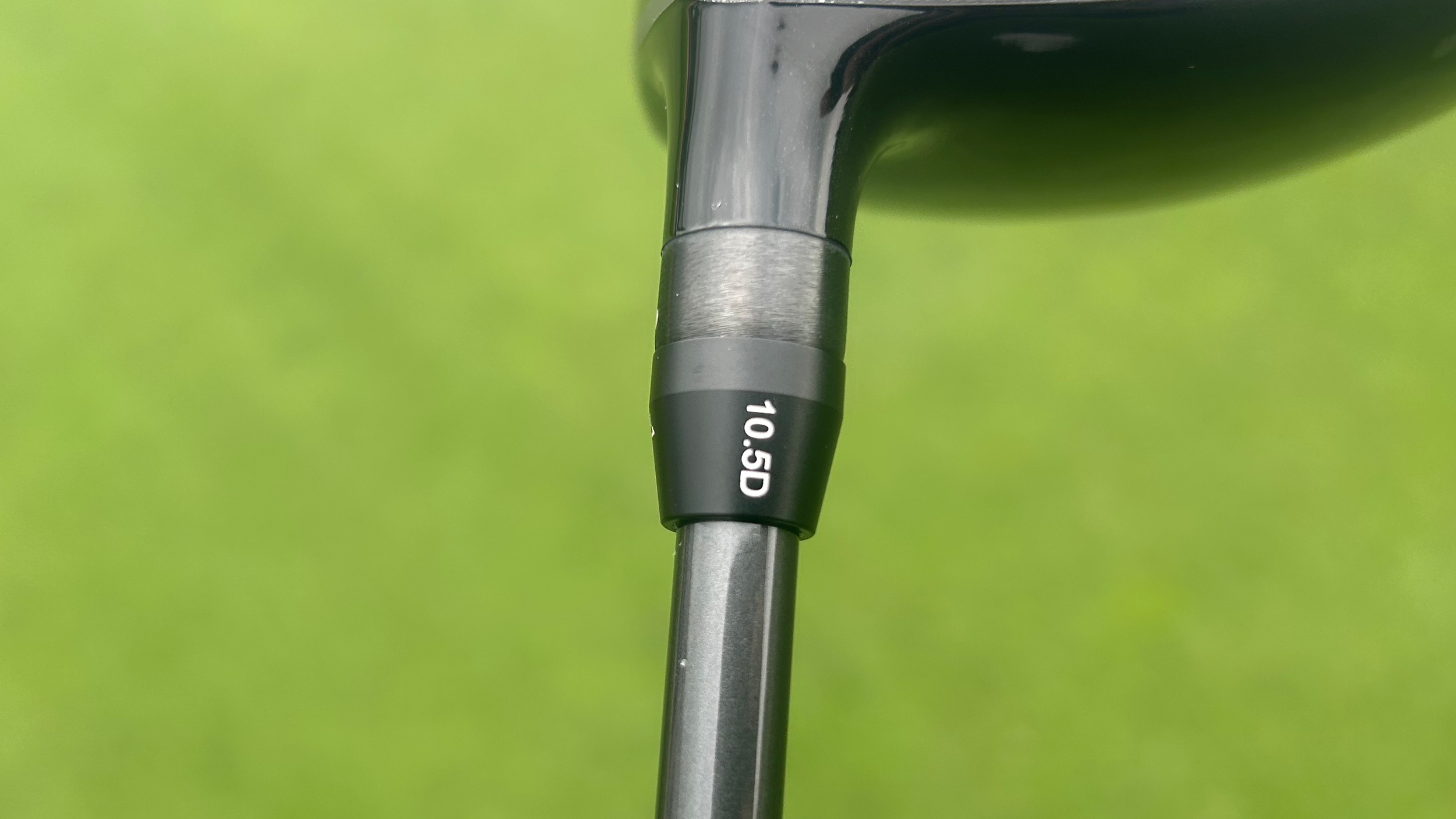
The tolerance was tighter than the range I experienced in my workshop at home; however, the three measurements were still 8.25°, 9.1°, and 9.75°.
Now, that might not seem like much of a problem, all within a degree of what the manufacturer states on the clubhead, but consider this circumstance. You have visited the PGA Professional at that shop for a custom fitting and, delighted with the results, you decided to purchase your new driver.
The head you were fitted for was the one that measured 8.25° (which, in this case, was actually the one from the fitting cart), but the head that is ordered and arrives for you turns out to be the third head, measuring 9.75°. That is a difference of 1.5° between what you were fitted for and what you received.
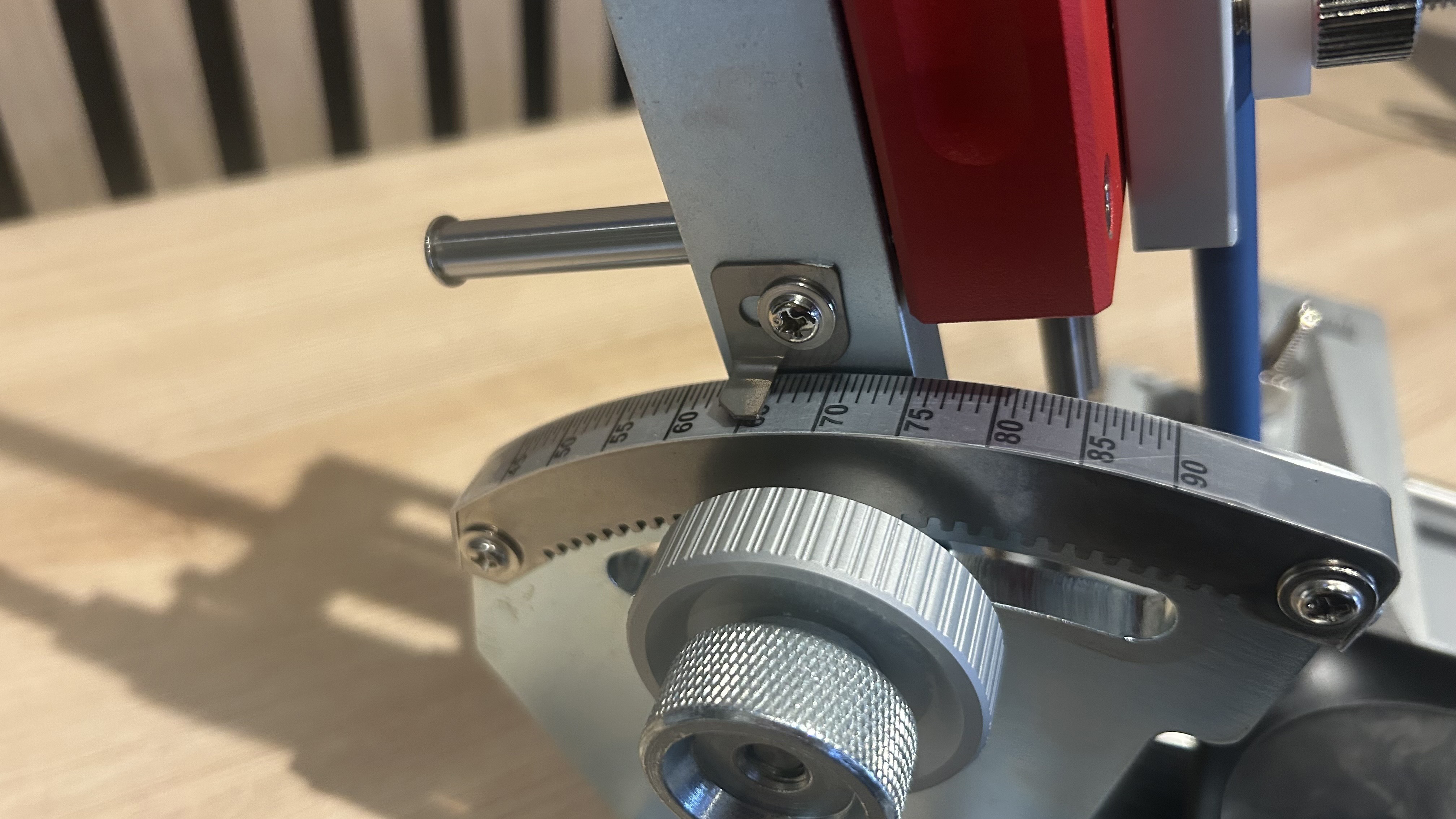
Lie angle is a hugely underrated specification of the driver to get correct
That discrepancy is going to have a massive knock-on effect in terms of your launch, spin, ball speed and overall distance. In truth, it almost totally negates the custom fitting you just went through.
Furthermore, lie angle doesn't get away scot-free here either. While you might think that lie angle is irrelevant in a driver because you are not taking a divot (hopefully), it has a massive effect on launch direction.
Most modern drivers specify a lie angle of around 57° in their standard setting, and while a majority of the major manufacturers I tested managed to hit their specified numbers within a degree, it was concerning to see a couple of the DTC models much further away. One, for example, stated 57° on its webpage but came in at a super-upright 60.5°, a full 3.5° away from what was advertised.
These results give further credence to my theory that if you are going for a custom fitting and end up finding a driver or fairway wood that you are happy with, there is a real case to speak with the fitter and let them know that you want that specific head used during said fitting.
While it may be an unusual request, it seems this is about the only way you can guarantee you are getting what you want at the consumer level, and if they want your money, they will likely comply. If you order one in from the manufacturer, based on my findings here, you are somewhat rolling the dice.

Joe has worked in the golf industry for nearly 20 years in a variety of roles. After a successful amateur career being involved in England squads at every age group, Joe completed his PGA degree qualification in 2014 as one of the top ten graduates in his training year and subsequently went on to become Head PGA Professional at Ryder Cup venue The Celtic Manor Resort. Equipment has always been a huge passion of Joe’s, and during his time at Celtic Manor, he headed up the National Fitting Centres for both Titleist and Taylormade. He’s excited to bring his knowledge of hardware to Golf Monthly in the form of equipment reviews and buying advice.
Joe lives in North Devon and still plays sporadically on the PGA West region circuit. His best round in recent years came earlier in 2023 where he managed a 9 under par 63 at Trevose GC in a Devon & Cornwall PGA Tournament.
Joe's current What's In The Bag?
Driver: Switch between TaylorMade Qi35 and Callaway Elyte TD - both with Fujikura Ventus Black 6-X
Fairway wood 1: TaylorMade BRNR Copper Mini Driver - Fujikura Ventus Black 7-X
Fairway wood 2: Callaway Apex UW 17˚- Fujikura Ventus Black 9-X
Irons: TaylorMade P7CB 3-PW with Dynamic Gold Tour Issue X100 shafts
Wedges: Callaway Opus 50, 54, and 60 degrees - Project X LS 6.0 shafts
Putter: LAB Golf Oz.1 (zero shaft lean)
Ball: TaylorMade 2024 TP5x
Grips: Golf Pride Tour Velvet 60R
Bag: Vessel Player IV Pro DXR Stand
You must confirm your public display name before commenting
Please logout and then login again, you will then be prompted to enter your display name.